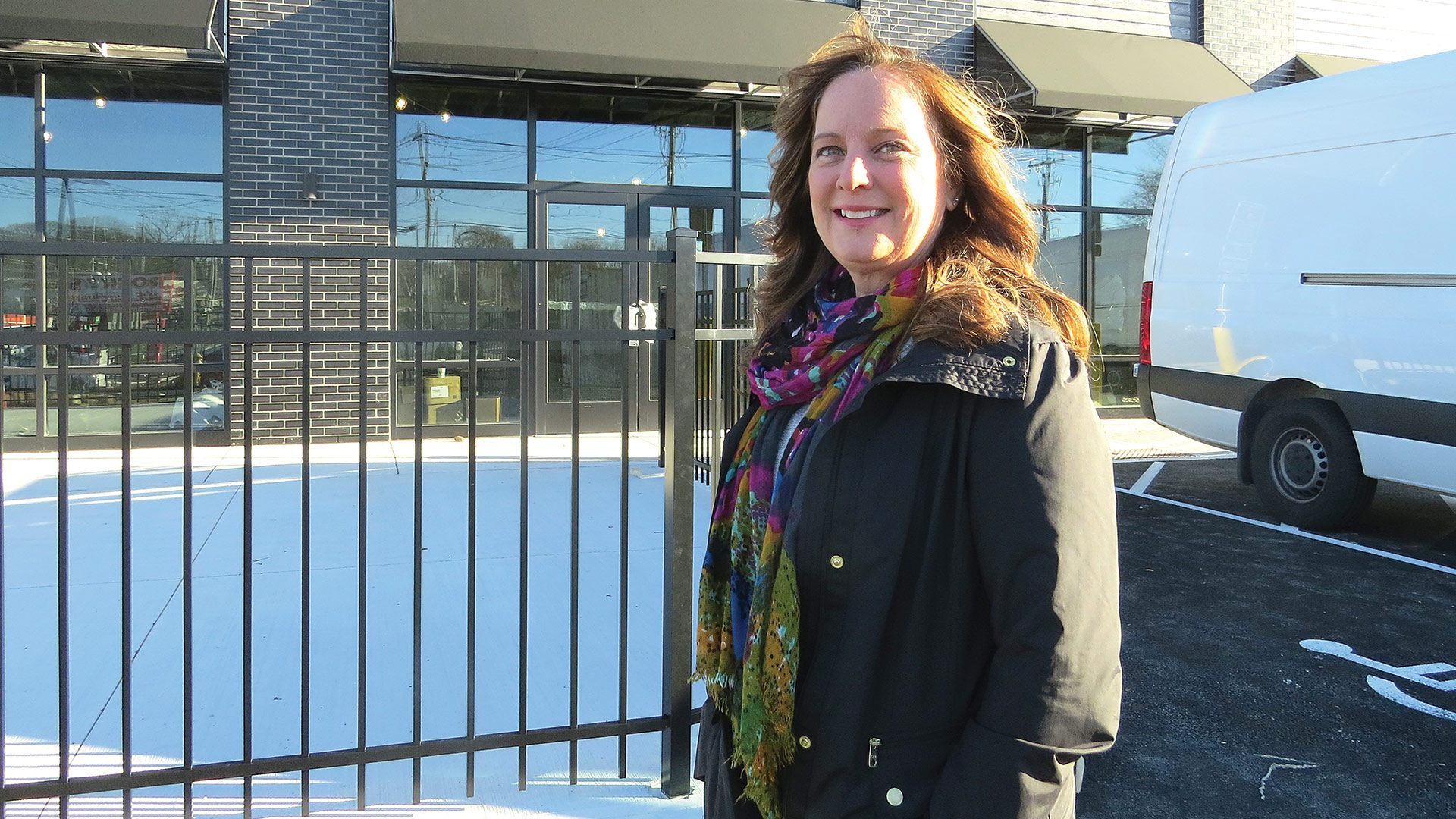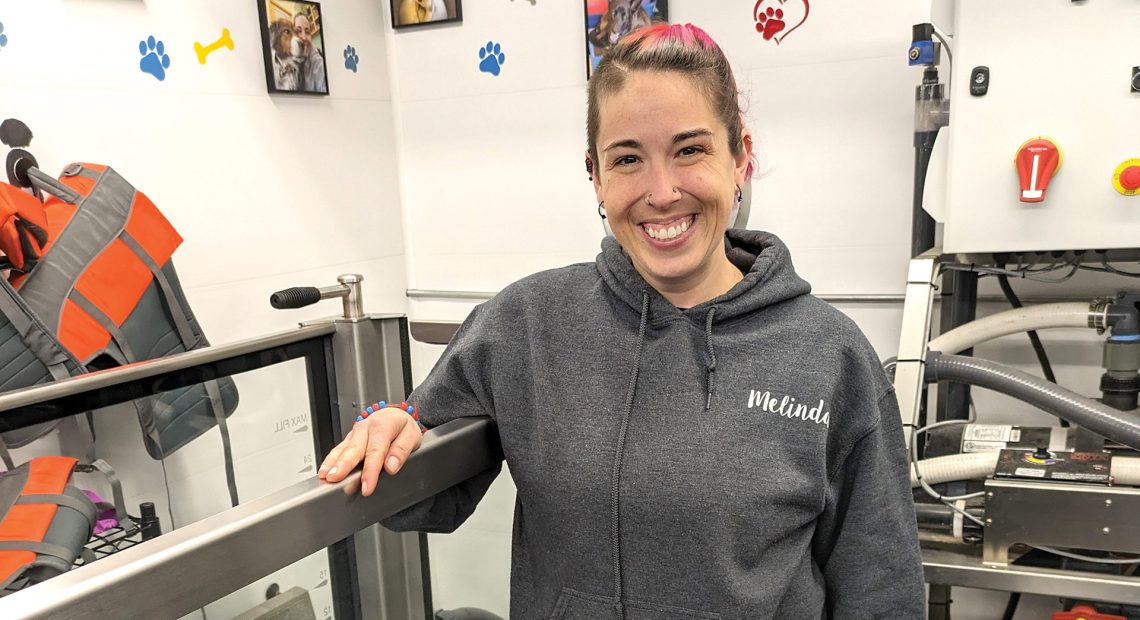Architecture Firms
Ranked by the Number of Registered Architects
|
Company |
Registered Architects |
Total Employees |
Year Formed |
Top Local Executive |
Type of work performed |
|
1 |
Dietz & Company architects Inc. 55 Frank B. Murray St., Suite 201, Springfield, MA 01103 (413) 733-6798; www.dietzarch.com |
8 |
32 |
1985 |
Kerry Dietz |
Commercial; institutional; housing; education; healthcare; government offices; historic preservation; LEED design services; high-performance buildings; senior centers; senior housing |
2 |
Kuhn Riddle Architects inc. 28 Amity St., Suite 2B, Amherst, MA 01002 (413) 259-1630; www.kuhnriddle.com |
8 |
18 |
1988 |
Aelan Tierney Jonathan Salvon Charles Roberts |
Commercial; educational; historical; institutional; interior design; religious; residential (single-family, multi-family, affordable, market-rate, high-end); retail; sustainable design |
3 |
Hill-Engineers Architects Planners Inc. 50 Depot St., Dalton, MA 01226; (413) 684-0925 44 Spring St., Adams, MA 01220; (413) 0743-0013 |
6 |
40 |
1949 |
Jeffrey Noble |
New construction and renovation projects for institutional, industrial, commercial, educational, civic, recreational, and residential markets |
4 |
Caolo & Bieniek Associates Inc. 521 East St., Chicopee, MA 01020 (413) 594-2800; www.cbaarchitects.net |
5 |
11 |
1955 |
Curtis Edgin James Hanifan Bertram Gardner |
Educational; commercial; public facilities (police and fire facilities, libraries, senior centers); historic preservation; sustainable design; interior design; healthcare; housing |
4 |
Jones Whitsett Architects Inc. 308 Main St., Greenfield, MA 01301 (413) 773-5551; www.joneswhitsett.com |
5 |
11 |
1984 |
Dorie Brooks Kristian Whitsett |
Educational; commercial; public municipal buildings (town halls, libraries, senior centers); historic preservation; religious facilities; energy-efficient buildings; residential |
6 |
Burr and McCallum Architects 720 Main St., Williamstown, MA 01267 (413) 458-2121; www.burrandmccallum.com |
4 |
5 |
1982 |
Franklin Andrus Burr Ann Kidston McCallum |
Residential; institutional; commercial |
6 |
C&H Architects 49 South Pleasant St., 301, Amherst, MA 01002 (413) 549-3616; www.candharchitects.com |
4 |
9 |
1989 |
Tom Hartman |
Serves residential and institutional clients with architecture designed for resilience and renewability |
6 |
Juster Pope Frazier Architects 82 North St., Northampton, MA 01060 (413) 586-1600; www.justerpopefrazier.com |
4 |
5 |
1968 |
Kevin Chrobak |
Residential; corporate; educational; retail; healthcare; religious; cultural |
6 |
Timothy Murphy Architects 380 High St., Holyoke, MA 01040 (413) 532-7464; www.murphyarch.com |
4 |
5 |
1981 |
Timothy Murphy |
Commercial; educational; public/municipal buildings; residential; historical |
10 |
Architectural Insights 3 Converse St., Suite 201, Palmer, MA 01069 (413) 283-2553; www.architectural-insights.com |
3 |
5 |
1988 |
Lawrence Tuttle Robert Haveles |
Public- and private-sector work; continued and repeat client work in professional office design, medical-office, hospital, and laboratory work; multi-family housing and private residential; light industrial and warehouse construction; retail and hospitality development |
10 |
Clark & Green Inc. 113 Bridge St., Great Barrington, MA 01230 (413) 528-5180; www.clarkandgreen.com |
3 |
6 |
1988 |
Stephan Green |
Residential; cultural; commercial; retail; educational |
10 |
Gillen Collaborative Architects 409 Main St., Amherst, MA 01002 (413) 253-2529; www.gillencollaborativearchitects.com |
3 |
2 |
1974 |
John Krifka Carol Vincze |
Commercial; residential; institutional; planning; studies |
10 |
HAI Architecture 64 Gothic St., Suite 1, Northampton, MA 01060 (413) 585-1512; www.haiarchitecture.com |
3 |
10 |
1976 |
Richard Katsanos Don Hafner |
Healthcare; educational; commercial; planning; interior design; residential |
10 |
Studio One Inc. 38 Elm St., Westfield, MA 01085 (413) 733-7332; www.studioonearchitects.com |
3 |
5 |
1974 |
Peter Zorzi Greg Zorzi |
Educational; healthcare; multi-family housing; assisted-living facilities; renovations; historic preservation; senior housing |
15 |
Architecture EL Inc. 264 North Main St., Suite 2 East Longmeadow, MA 01028 (413) 525-9700; www.architectureel.com |
2 |
7 |
2008 |
Kevin Rothschild-Shea |
ADA standards for accessible design; commercial; industrial; historic; multi-family residential; single-family residential; religious; child care; historic preservation and renovations; interior design |
15 |
Jablonski DeVriese Architects 22 Green Lane, Springfield, MA 01107 (413) 747-5285; www.jdarchitects.com |
2 |
2 |
1995 |
Stephen Jablonski Brian DeVriese |
Historical renovations and additions; colleges; museums; libraries; interior design |
17 |
Fitch Architecture & Community Design Inc. 110 Pulpit Hill Road, Amherst, MA 01002 (413) 549-5799; www.facdarchitects.com |
1 |
3 |
2000 |
Laura Fitch |
Sustainable and socially responsible design, including zero-net-energy homes; educational facilities; commercial buildings; institutional; deep-energy retrofits; co-housing communities |
17 |
Mount Vernon Group Architects 35 Center St., Suite 210, Chicopee, MA 01013 (413) 592-9700; www.mvgarchitects.com |
1 |
4 |
1954 |
Chris LeBlanc |
Wide range of public and private work, including commercial and education; three offices statewide with 15 total architects and 35 total employees |
17 |
Tessier Associates Inc. 48 Ridgecrest Dr., Westfield, MA 01085 (413) 736-5857; www.tessierarchitects.com |
1 |
1 |
1923 |
Robert Stevens |
Colleges; banks; churches; schools; industrial buildings; assisted-living facilities; medical facilities |




















